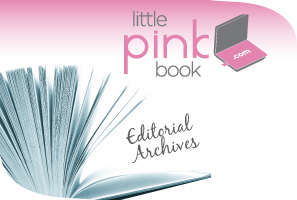
Communicating to Pack a Punch
If you want to write stronger reports, speeches, and presentations take the advice of top journalists: donât bury the lead.
Journalist, author, screenwriter, and funny woman Nora Ephron tells a wonderful story to illustrate this point. Many years ago, Ephron was in high school when the teacher asked the class to write a lead for this newspaper story:
âKenneth L. Peters, principal of Beverly Hills High School, announced today that the entire school faculty will travel to Sacramento next Thursday for a colloquium in new teaching methods. Among the speakers will be anthropologist Margaret Mead, college professor Dr. Robert Maynard Hutchins, and California governor Edmund âPatâ Brown.â
Ephron along with her fellow students condensed the five Ws â who, what, where, when, and why â into a single sentence: âGovernor Pat Brown, Margaret Mead, and Robert Maynard Hutchens will address the Beverly Hills High School faculty Thursday in Sacramentoâ¦blah, blah, blah.â
The teacher collected the leads, scanned them rapidly, and paused. Finally, he looked up and said, âThe lead of the story is this: âThere will be no school next Thursday.â
âIt was a breathtaking moment,â Ephron recalled. For the rest of the year, she said, we became detectives searching for the hidden point behind every assignment that would produce a great story.
Several years ago, I worked with a new college president on her inaugural speech. She was a talented writer. Her speech was beautifully crafted, yet something was missing. It sounded flat.
Looking closer, we realized she took too long to make her point. By bringing the central point to the beginning of the speech, she could capture her audienceâs attention instantly.
Itâs not enough to know the who, what, when, where, and how; you have to know why it matters. And whether itâs a report, story, speech, or presentation, when you report it early on, youâre guaranteed to garner attention.
â¨
By Randy Siegel
Recommended
-
What You Really Need To Know F...January 1st, 2025
-
Goodbye Stress. Hello Holiday ...December 1st, 2024
-
Hello! Holiday Sales Are Here....November 1st, 2024
-
Turn PR Fear Into Business Suc...October 1st, 2024
-
Before You Buy That Pumpkin Sp...September 1st, 2024















